Why dill in the garden turns yellow and dries: 7 main reasons
The situation when dill turns yellow in the garden is not so rare. Experienced growers know that this crop requires certain conditions and appropriate care during cultivation. Due to improper agricultural technology, dill can change color, its leaves curl, sometimes the plant is attacked by pests. To understand what to do in this case, you must first understand the reasons for what is happening.
Causes of yellowness
Dill is grown for cutting, so the condition of its leaves is of great importance. Green juicy twigs delight the eye and give a fresh taste and aroma to salads, first and second courses. Unfortunately, dill does not always have the right condition.
7 main reasons for yellowing of leaves:
- Excessive watering. Regular waterlogging of the soil leads to the appearance of root rot, which does not manifest itself immediately. After some time after the defeat of the roots, the dill begins to turn yellow, as it does not receive adequate nutrition.
- Dill, as they say, burns. Some plant varieties are susceptible to sunburn. This must be taken into account and sowed in semi-shady places or used joint planting with other crops (cabbage, tomatoes). With such a neighborhood, all the plants in the garden will feel good.
- Soil with inappropriate acidity. The crop requires soil with a neutral pH. In acidic soil, dill will turn yellow, in alkaline soil, greens will turn red.
- Planting too dense. If the dill is sown thickly, the growing bushes will lack nutrients. The stems of such plants are thin and elongated, the foliage on them gradually turns yellow.
- Non-compliance with the feeding regime. It is necessary to apply fertilizers for dill at least 3 times during the growing season. Deficiency of minerals causes yellowing of dill.
- Natural aging process. After the plant reaches maturity, its leaves begin to turn yellow.
- Diseases and pests. Dill plantings are often affected by verticilliosis, fusarium, powdery mildew. Often the culture is attacked by aphids. All of these problems can cause foliage to turn yellow quickly.
If the dill leaves have turned yellow due to disease and pests, they should not be eaten. Purple dill is also not used. In all other cases, the plant is suitable for cooking. If you do not want to eat yellowed greens fresh, you can use them for preservation.
Correction of errors in agricultural technology
If the reason for the yellowing of dill lies in improper agricultural techniques, you need to take measures to correct mistakes and adjust the care of the plant.
Treatment will depend on which norms have been violated:
- You can't water the crop too often. The optimal watering regime is considered once a week. During the heat, you can irrigate the garden 2 times more often, doing it in the morning or evening. When flooding, they temporarily stop adding water and loosen the soil so that it dries out faster.
- If the dill got burned, you should organize a light shade in any available way (installing a screen or arcs with thrown agrofibre). Fast growing tall plants (sunflowers, corn) can be planted from the sunny side.
- The introduction of the appropriate components will help to correct the situation with the acidity of the soil. If dill leaves turn red, it is recommended to water it with slightly acidified water. When yellowness appears, the earth is deoxidized by introducing dolomite flour, chalk, crushed eggshell. Dill does not tolerate ash very well.
- You can get rid of problems with too dense plantings by thinning the seedlings.A distance of 2-3 cm is left between the bushes in one row, there should be a gap of 6 cm between the rows.
The land in the garden with dill needs to be fertilized since autumn, adding humus (4–5 kg per 1 square meter), potassium sulfate (20 g per 1 square meter), superphosphate (30 g per 1 square meter). In addition, the culture must be fed during the growing season:
- The first feeding is carried out 2 weeks after the appearance of leaves with ammonium sulfate (10 g per 10 l of water).
- Feeding from poultry droppings will also help to build up lush greens (insist the droppings with water in a ratio of 1: 3 for three days, then strain and dilute with water in a ratio of 1:15).
- The use of a vermicompost solution prepared according to the instructions has proven itself quite well; it is applied every 2 weeks.
- You can use homemade herbal fertilizer. It is prepared from mowed weeds (the barrel is filled with raw materials by 1/2 and water is added, infused for 5–7 days, diluted with water in a ratio of 1:10 before use).
Preventive measures include compliance with crop rotation. Dill cannot be grown in the same place from year to year. Celery, carrots, parsley are also not suitable as crop precursors. Before planting, the seeds are soaked in a weak solution of potassium permanganate for disinfection. In the process of dill growth, loosening and weeding must be carried out.
Disease and pest control
The main diseases of dill are fungal in nature. Their development is often facilitated by weather conditions - excessive humidity or dryness, high air temperature.
- One of the dangerous diseases is fusarium wilting. If the overgrown leaves turn yellow, and then the dill turns purple and dries, it means that it was struck by the Fusarium mushroom. For treatment, you can use a solution of potassium permanganate, milk whey (a liter of whey per liter of water) or soda ash (5 tablespoons per 10 liters of water).
- When infected with powdery mildew, the dill curls, turns yellow and disappears. At the initial stage of the disease, spraying the bushes with a solution of kefir (1: 1 with water) or biological products ("Baylon", "Previkur", "Alirin-B") helps.
- With the development of verticillosis, young dill does not grow, it changes its color to yellow. The disease develops in heat and drought. The mycelium affects the vascular system of the plant. The causative agent persists in the soil for years, often contributing to the infection is the introduction of unmixed organic fertilizers (compost, humus) into the soil. If the dill grows poorly and turns yellow, the diagnosis of "verticillosis" can be established by examining the cut of the stem and seeing the affected vessels. There is no cure for the disease, the affected plants are pulled out and burned.
Sometimes the culture infects aphids. Small insects reproduce very quickly and soon literally dot all the aerial parts of the plant. Aphids especially love to feast on young shoots and leaves. Infection with a pest is a common reason that the greens stop developing and turn yellow, the shoots are deformed. In addition, insects can carry fungal spores.
Dill must be inspected frequently in order to detect the presence of insects in time and take measures:
- You can get rid of a small amount of aphids by pouring water over the planting from a hose. Severely affected shoots are best cut off.
- At the initial stage of infection, an infusion of onion and garlic arrows helps to get rid of aphids (1 kg per 5 liters of hot water, leave for 4-6 hours).
- With a large concentration of insects, biological preparations are used (Biotlin, Fitoverm, Enterobacterin). To increase immunity, it is useful to spray dill with a solution of a mixture of 20 g of superphosphate and 10 g of potassium chloride per 10 liters of water. It is necessary not only to process the leaves, but also to water the ground in the root zone.
In order not to face such a problem as yellowing of dill, it is advisable to choose a variety that is resistant to diseases, to sow in a suitable soil, taking into account the rules of crop rotation. The culture needs to provide full care, periodically it is necessary to inspect the bushes.If necessary, take measures to correct the situation.
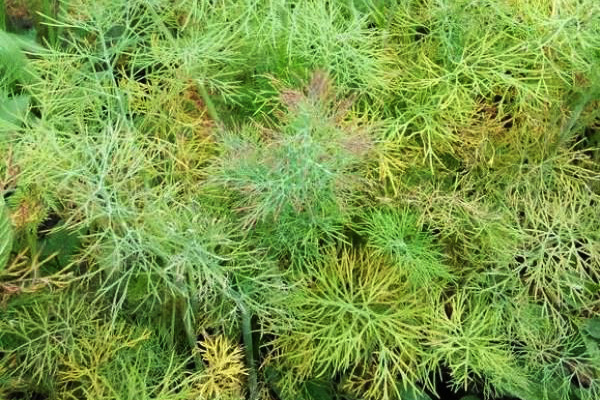
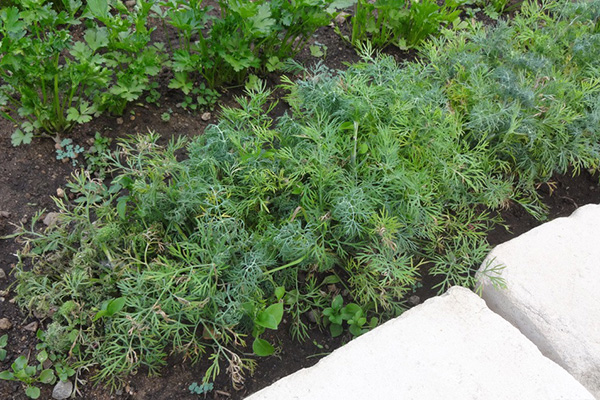
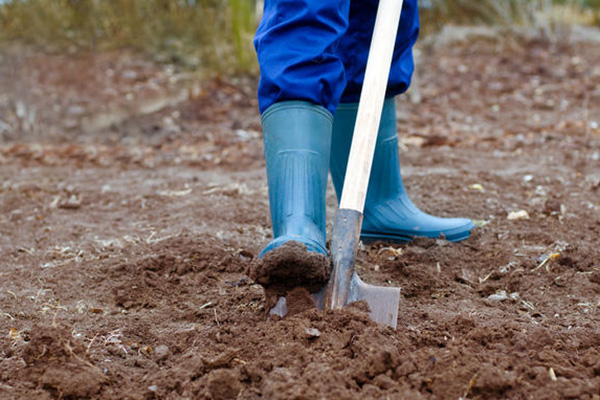
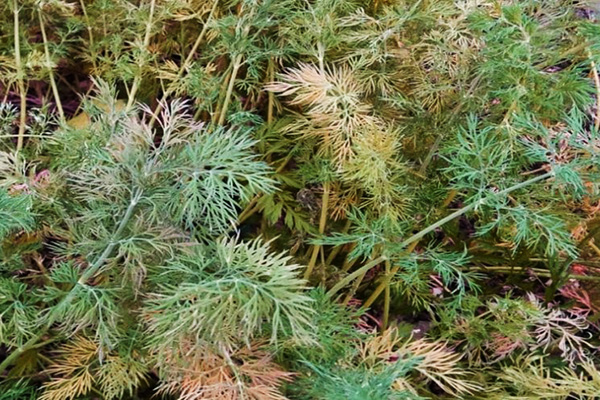
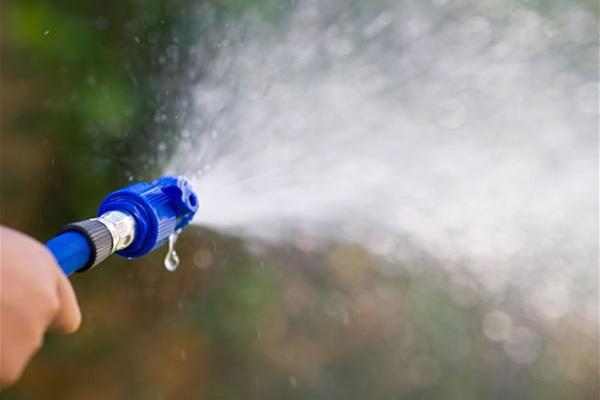
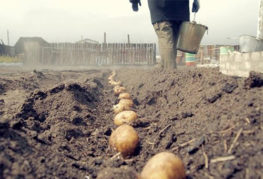
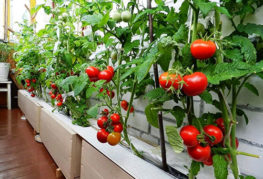
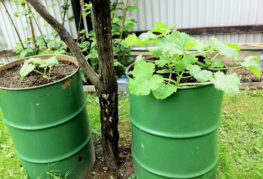
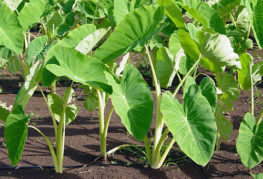
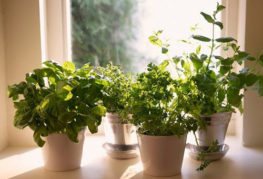
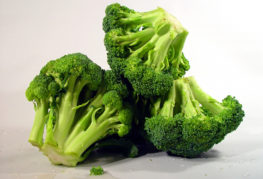
and will be published shortly.